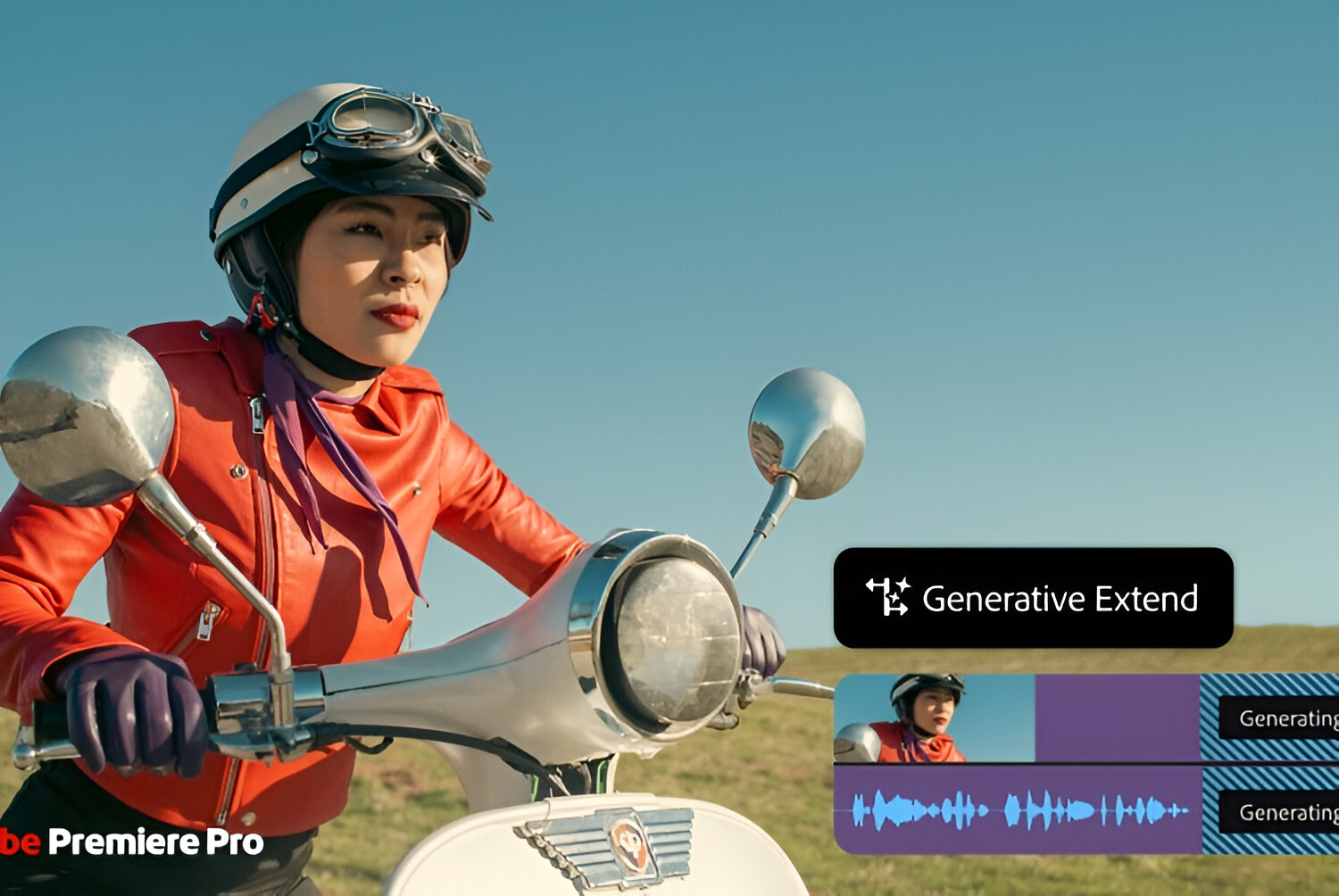Nintendo has built quite a lot of excitement with its highly anticipated Switch 2 announcement. After nearly a decade of success with the original Switch, Nintendo has finally revealed its successor—not with bombastic marketing or overblown presentations, but with the quiet confidence of a company that knows its audience. Let’s explore the eight key aspects that make the Switch 2 significant and how Nintendo continues to play by its own rules in the gaming industry.
Nintendo’s Understated Announcement
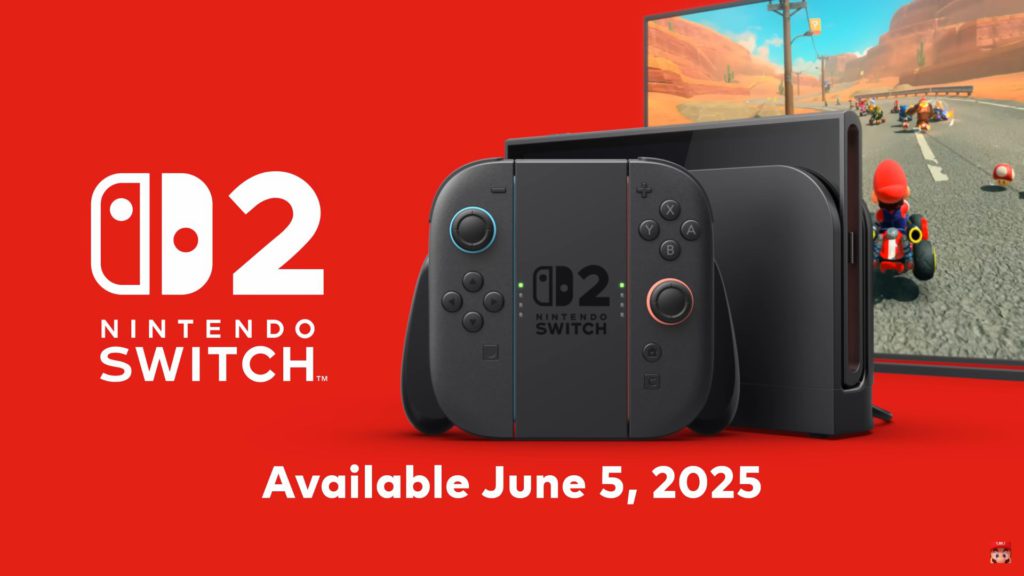
Nintendo Switch 2 revealed without the industry-standard fanfare—no massive event, no celebrity endorsements, just a clean, confident YouTube video showing off the hardware with those now-iconic silhouetted hands demonstrating the device. Within hours, the video reached half a million views, proving that Nintendo doesn’t need theatrical presentations to generate excitement. This understated approach reflects Nintendo’s confidence in both their product and their dedicated audience who have come to trust the company’s design philosophy.
Staying True to the Original Concept
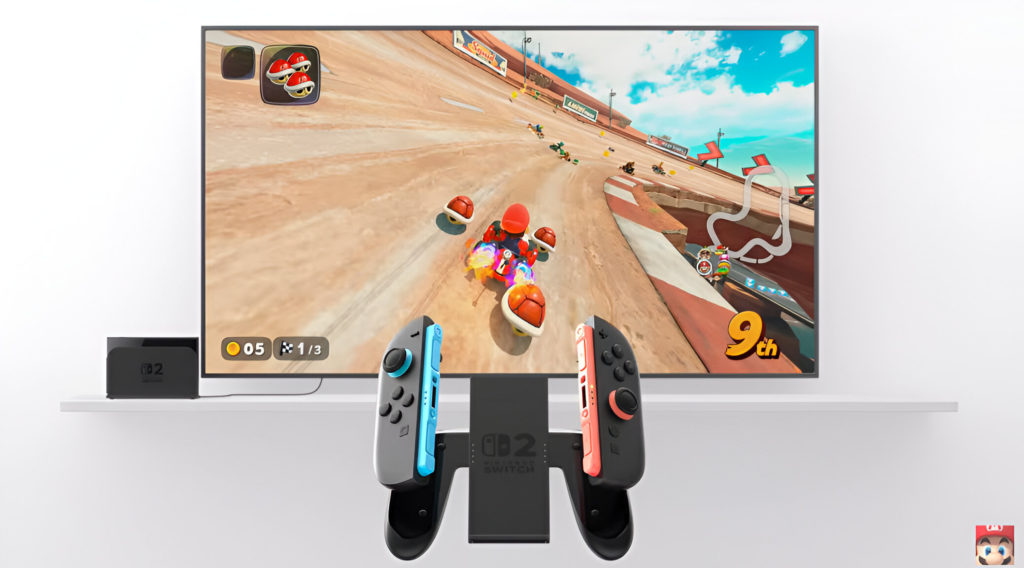
The Nintendo Switch 2 maintains the hybrid console concept that made the original such a revelation in 2016. It’s still a home console you can pull from its dock and take on the go—a concept that initially seemed strange but proved to be perfectly aligned with how people actually want to play games. Rather than reinventing the wheel, Nintendo has refined what already worked, showing that sometimes evolution is more valuable than revolution. The familiar form factor gets meaningful upgrades while preserving the flexibility that defined the original.
Practical Hardware Improvements
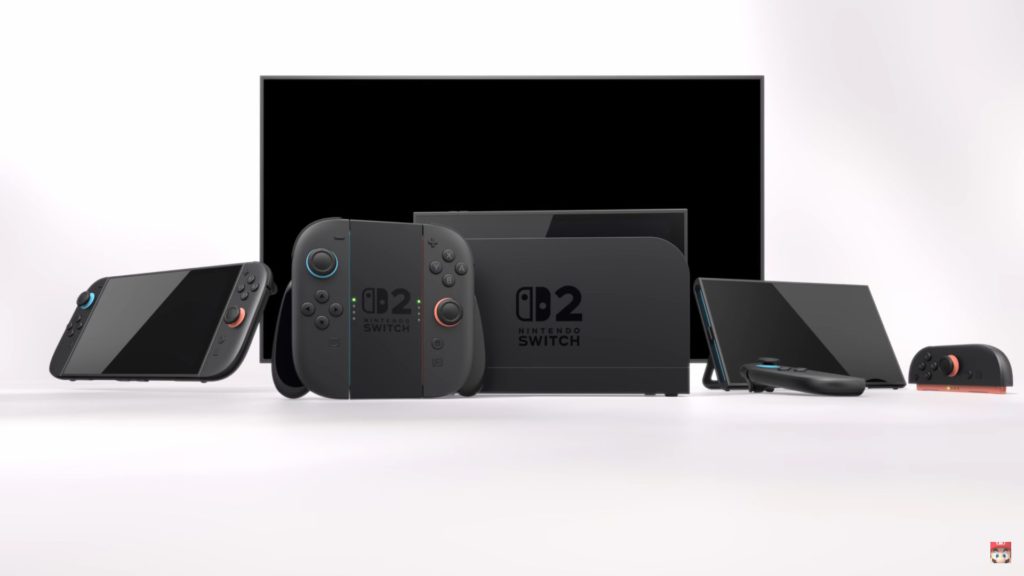
While Nintendo isn’t trying to win a specs war, the Switch 2 brings sensible improvements to the hardware. The handheld now features a 7.9-inch 1080p LCD screen with HDR support and up to 120fps refresh rates. When docked, it can output at 4K resolution, and a much-needed cooling fan keeps performance stable during extended play sessions. Internal storage jumps to 256GB, with expansion available through MicroSD Express cards. Virtual Game Cards are staying but have been updated for faster read speeds—a thoughtful nod to those who prefer owning physical media.
Reimagined Controllers
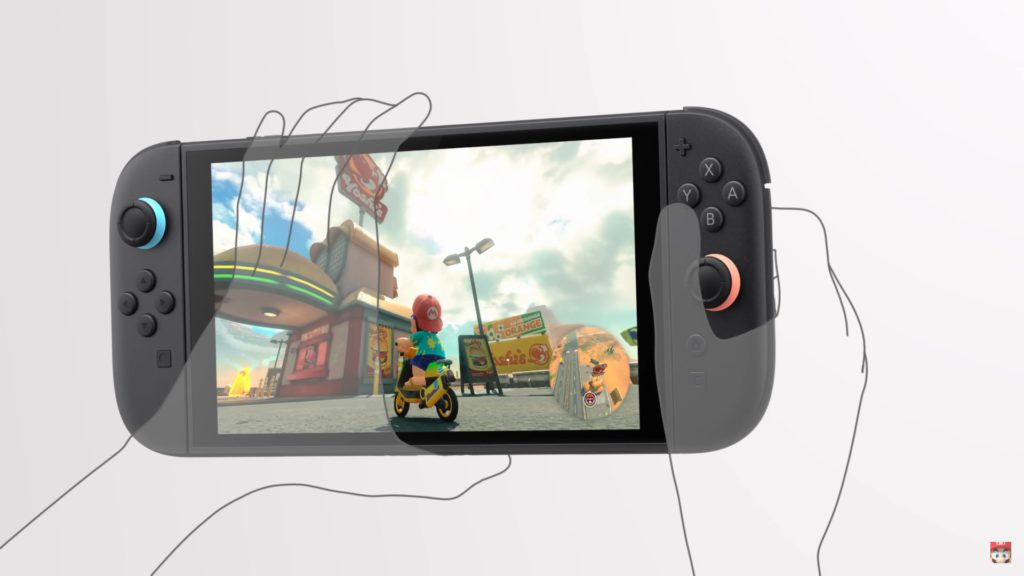
The Joy-Con controllers have received a comfort-focused redesign with larger shoulder buttons and a dedicated “C button” for GameChat—Nintendo’s integrated voice chat and screen-sharing system. This represents a significant quality-of-life improvement, as voice chat is finally native to the console without requiring a smartphone app. A microphone built into the top of the device captures voices clearly, even with background noise, making online play more seamless and intuitive.
Innovative Mouse Support
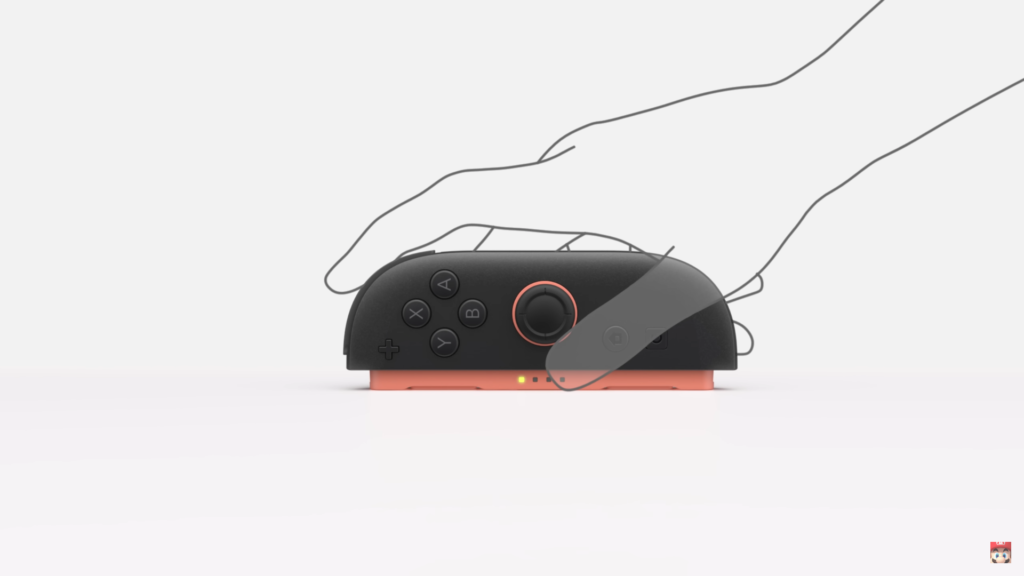
Perhaps the most surprising addition is the Joy-Con’s new mouse functionality. By sliding the controller along a flat surface, it doubles as a physical mouse, opening up new gameplay possibilities. New titles like Drag x Drive (a Rocket League meets NBA Jam mashup) utilize this dual-mouse control scheme for fluid movement and action. Even upcoming titles like Metroid Prime 4 will incorporate this feature, allowing for more precise aiming and interaction than traditional analog sticks could provide.
Respect for Your Game Library
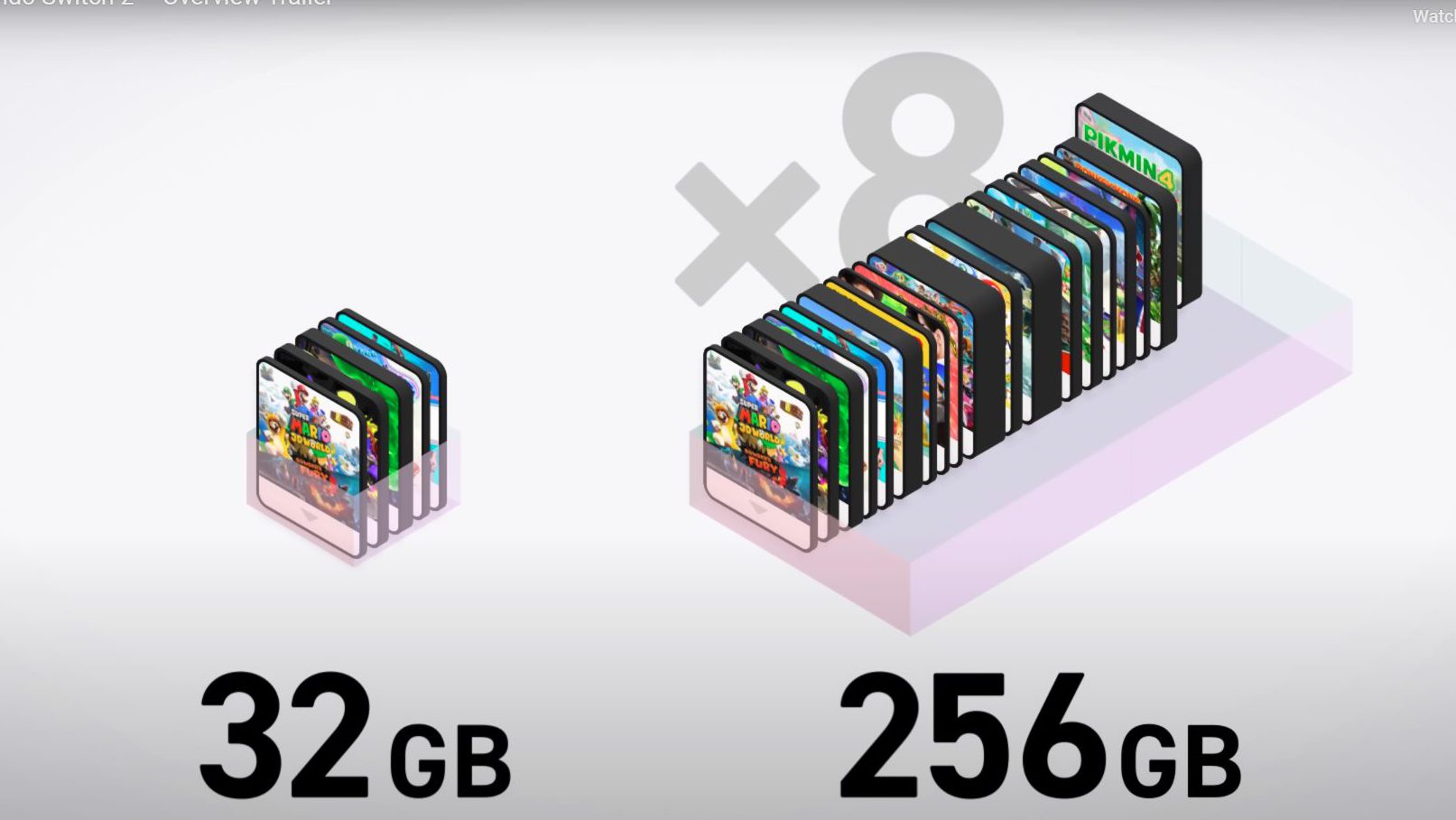
Nintendo shows unusual respect for players’ existing game libraries. Rather than forcing repurchases of games you already own, many titles will receive free 4K-enhanced “Switch 2 Editions” for Nintendo Switch Online + Expansion Pack subscribers. Other games will offer affordable upgrade packs that extend the life of beloved titles without requiring you to start from scratch. This approach acknowledges the longevity of Nintendo’s software library and rewards player loyalty rather than exploiting it.
Launch Lineup and Classics

The Switch 2 isn’t arriving empty-handed on its June 5th launch date. It comes with heavyweight titles like Mario Kart World, featuring 24-player races and expansive free-roam tracks. FromSoftware is contributing The Duskbloods, a gothic action RPG exclusive, and Kirby is making an open-world debut. Additionally, GameCube classics like F-Zero GX and The Wind Waker are returning through the Switch 2’s online service, complete with retro-inspired wireless GameCube controllers for authentic play experiences.
Hardware That Serves Players, Not Trends

While competitors race to push yearly hardware iterations wrapped in flashy marketing, Nintendo remains content to release products only when they’re truly ready. The Switch 2 embodies a design philosophy focused on serving players rather than chasing industry trends or shareholder expectations. It doesn’t need cutting-edge specs or revolutionary features—it needs to deliver enjoyable, accessible gaming experiences that work for a wide range of players. This patient, player-first approach has kept Nintendo relevant for decades while other tech giants have come and gone.







